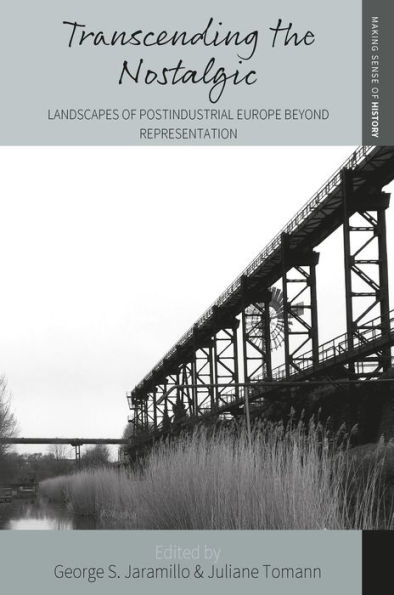Table of Contents
List of Illustrations Preface
Introduction George S. Jaramillo and Juliane Tomann
Part I: Postindustrial Ecologies
Chapter 1. War, Ruins and Wildness at Orford Ness Sophia Davis
Chapter 2. Uneven Surfaces: Bodily Engagements with the Postindustrial Wild Hilary Orange
Chapter 3. More-Than-Representational Postmining Landscapes in the Former Coal Regions of Eastern Germany: Between Economic Revitalization and Risk Society Xaquín S. Pérez-Sindín
Part II: Performative Narratives
Chapter 4. Performing Imaginary Landscapes: Instagram Communities in the German Ruhr Victoria Huszka
Chapter 5. Reshaping Remnants of the Recent Past in Transforming Swedish Mining Towns Jennie Sjöholm
Chapter 6. KPGT: (Y)Utopia Revisited in a Sugar Mill Irena Šentevska
Chapter 7. The ‘Not-Quite’ and Tuzla’s Invisible Buildings Amanda Lawnicki
Part III: Reimagining Futures
Chapter 8. Made in Lincoln: Making Meaning of a Deindustrialized Landscape Abigail Hunt
Chapter 9. The RiMaflow Project: A Laboratory to Study the New Cultural Meanings of Industrial Places Dino Gavinelli, Eleonora Mastropietro and Giacomo Zanolin Chapter 10. Refining the Heritage Narrative of Post-oil Landscapes Carola Hein, Tino Mager, Stephan Hauser
Epilogue: A Coda for the ‘Left Behind’: Heritage and More-Than-Representational Theories Emma Waterton
Index



